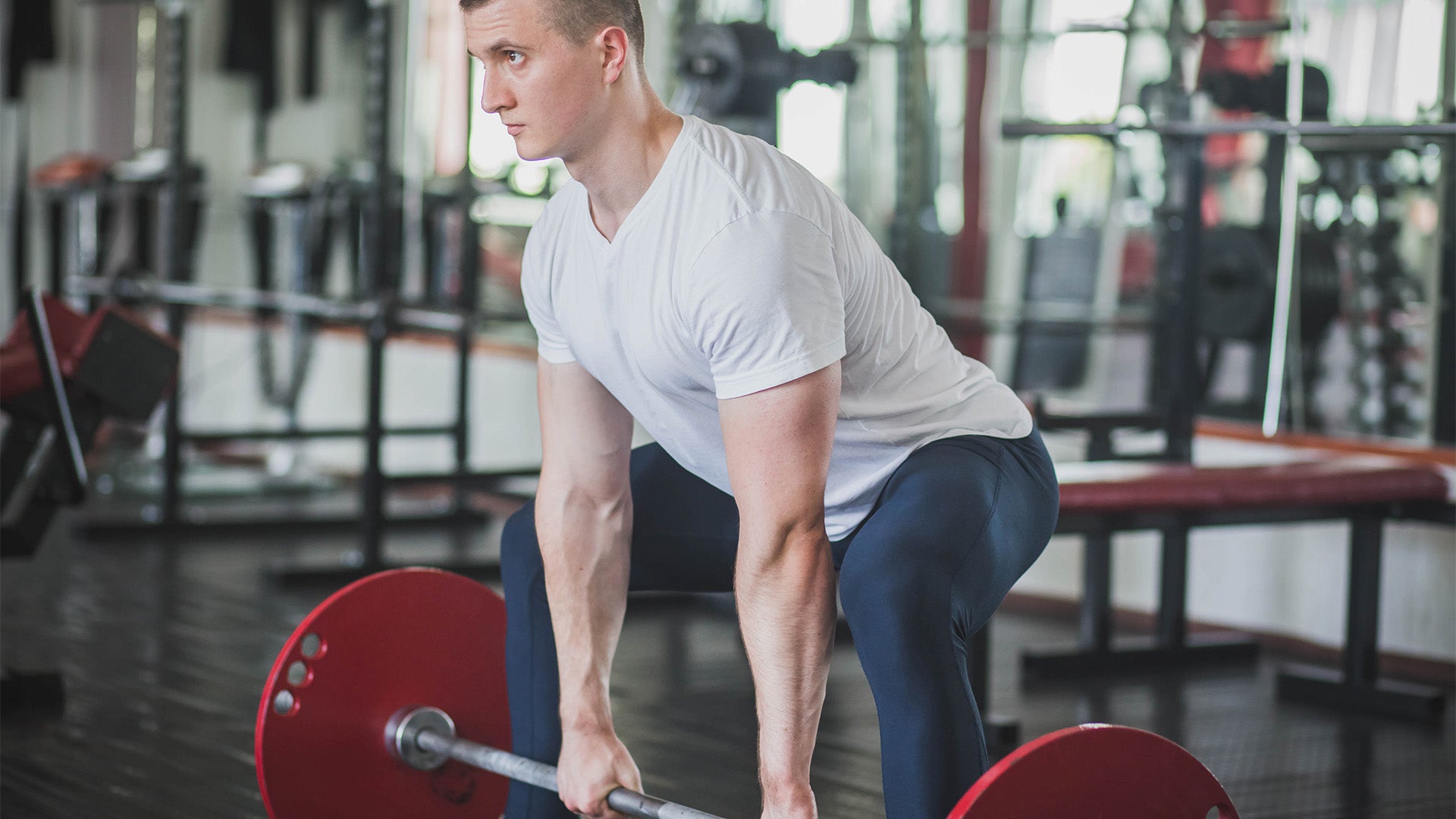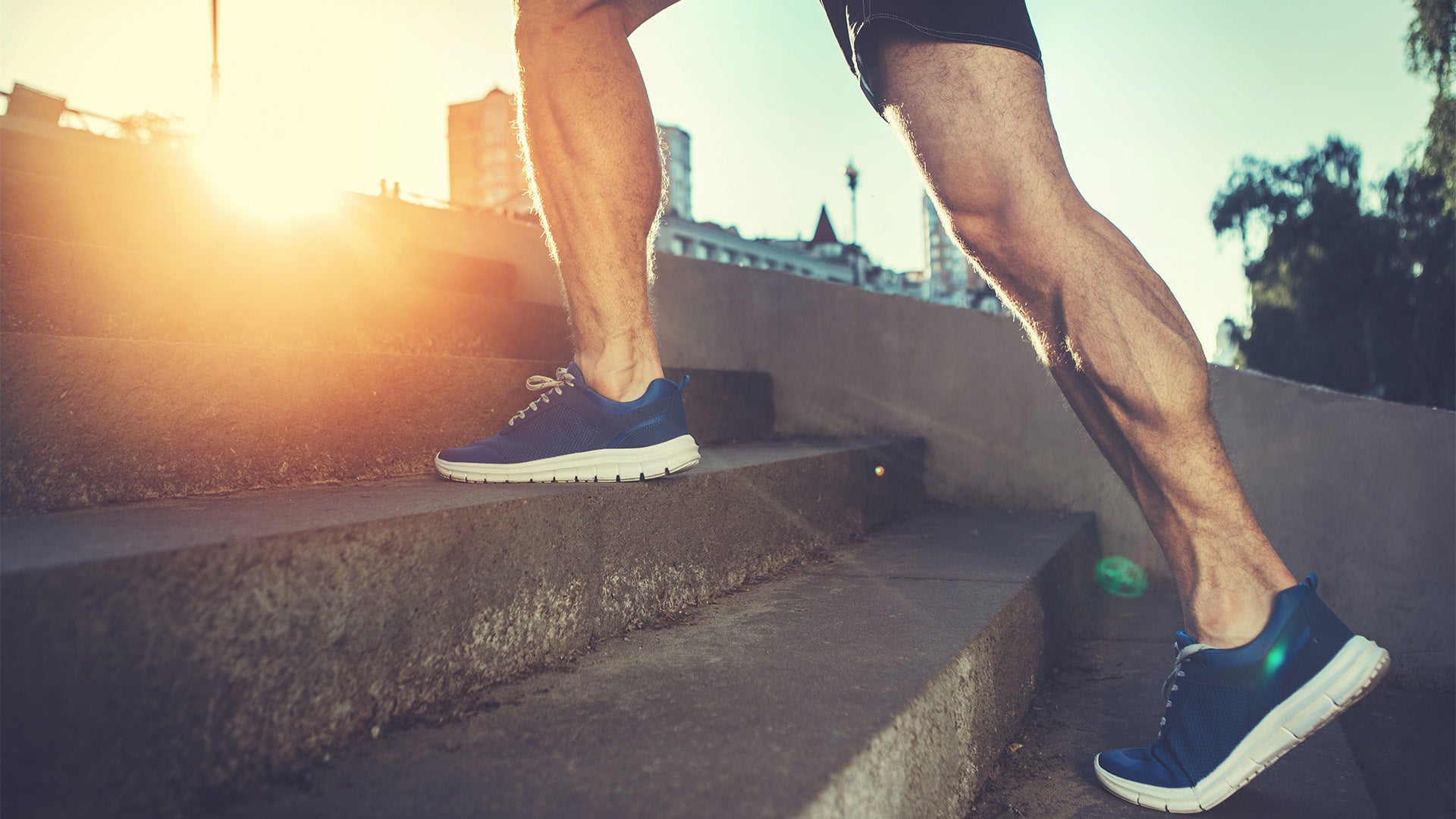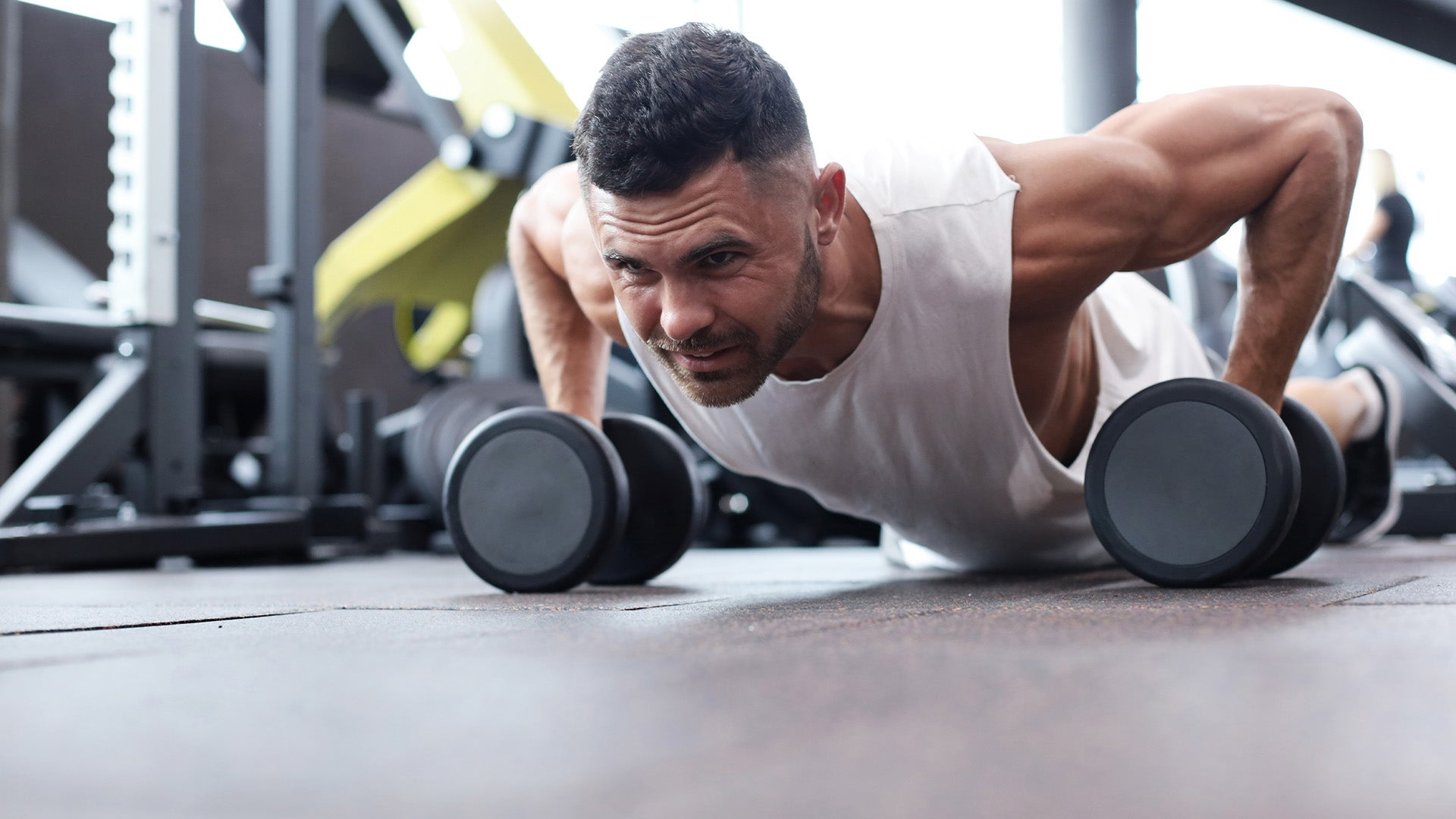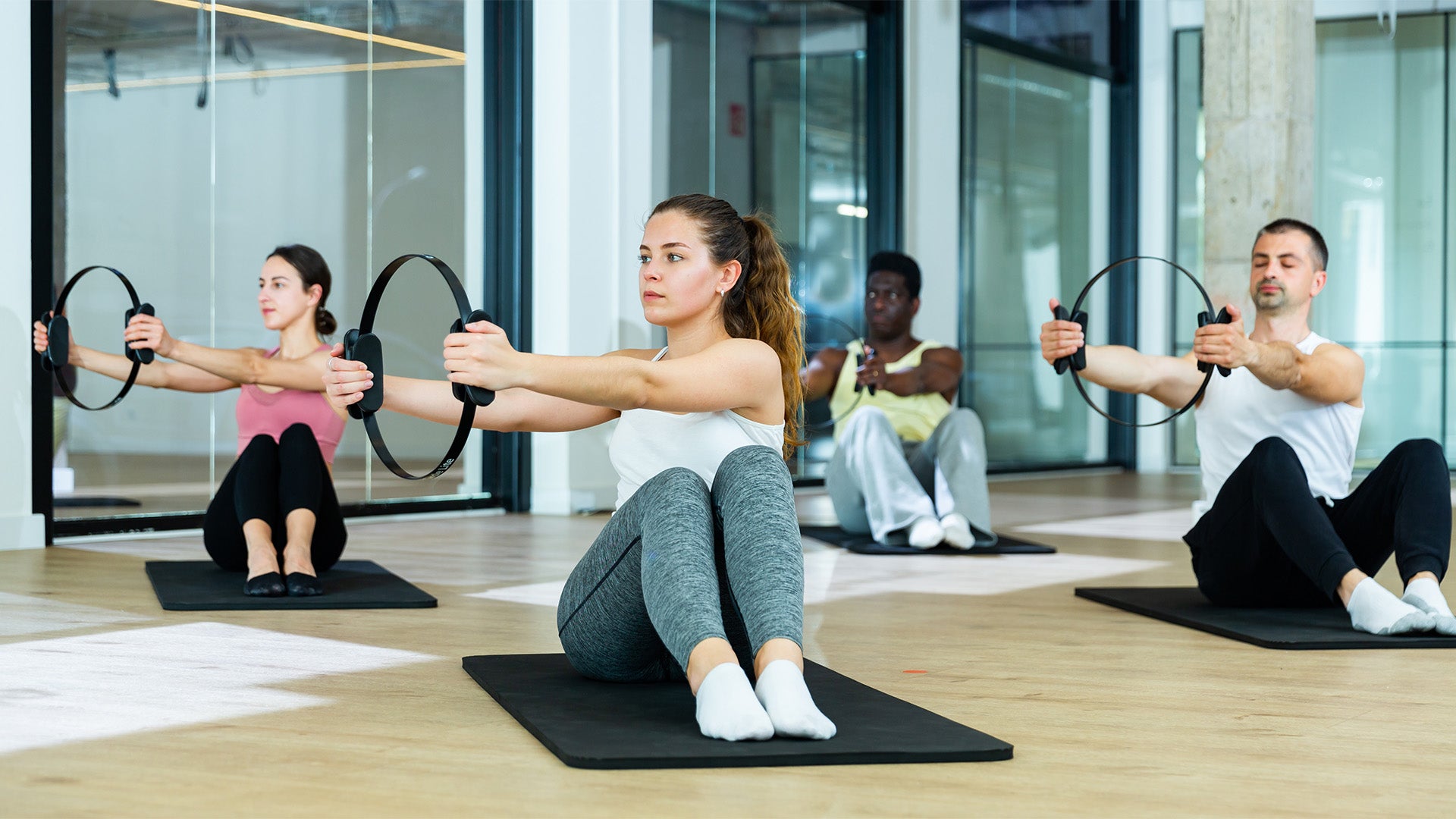How To Do a Sumo Deadlift
We all know how important strength training is when it comes to reaching your fitness goals, and there is no secret that deadlifting is one of the best overall exercises.
Sumo deadlifts are an effective and efficient exercise that works the entire body and targets the posterior chain while adding some variety to your training. Sumo deadlifts put less pressure on your lower back compared to the traditional deadlift.
In this article, we will discuss what a sumo deadlift is, how to perform it, common mistakes made while performing a sumo deadlift, and the different variations of a sumo deadlift.
What Is a Sumo Deadlift?
A sumo deadlift is a weight lifting exercise where you hinge at the hip and lift a barbell or other form of weight off the ground to hip level. The sumo deadlift is a variation of the traditional deadlift.
Sumo deadlifts require you to take a much wider stance than a traditional deadlift. Due to the wider stance and positioning of the body, your upper body is closer to the ground, decreasing the distance of how far you have to hinge forward, causing less strain on the lower back.
Your hands are positioned inside your legs when gripping the bar or other form of weight. Though sumo deadlifts are full-body exercises, the focus is primarily on the glutes and hamstrings.
How Can I Perform a Sumo Deadlift?

When performing a sumo deadlift, it is very important to maintain proper form. Below we will discuss step by step how to perform a sumo deadlift.
1. Start by standing with your feet wider than your hips. Be sure to turn your toes out to a 45-degree angle.
2. Hinge at the hips to lower the upper body closer to the bar. Grab the bar by placing your hands inside your thighs and directly under your shoulders, creating a straight line from the shoulders, elbows, wrists, and hands. Then decide which grip that best suits you. You have different options when it comes to gripping the bar:
Double Overhand Grip- simply use a prone grip by placing your palms down with both hands. This grip requires the most grip strength and is considered the hardest.
Alternate Grip - this grip allows you to use an overhand grip with one hand and an underhand grip with the other hand. It is also referred to as the “mix grip.” This grip is stronger than the double overhand grip because the underhand grip locks the bar into place, preventing it from rolling out.
Hook Grip - this grip method uses the double overhand grip while locking the bar simultaneously. When gripping the bar, you wrap your thumb around first and then wrap your fingers around the bar and on top of your thumb. Your fingers will squeeze your thumb as you pull up, locking in the grip.
1. After engaging your grip, pull your shoulder blades back and engage your lats and core to create a flat back.
2. Before pulling the weight off the ground, ensure the bar is as close to your shins as possible. Then pull the slack out of the bar and wedge your hips forward.
3. As you drive your heels into the ground and pull up on the bar, be sure to inhale and exhale. Extend your legs and hips at the top of the lift.
4. Once you reach the top of your lift, return to the starting position while keeping the muscles and core engaged. Remember to maintain a flat back while lowering the weight to the ground.
5. Then repeat for as many reps as desired.
Common Sumo Deadlift Mistakes
Because the sumo deadlift is an alternative to the standard deadlift, there is a large margin for error. Sumo deadlifts demand more hip flexibility and are not as customizable as other pulling movements.
Below are some of the most common errors made by individuals performing the sumo deadlift:
Forgetting To Breathe
A common mistake made by many lifters is their breathing technique when lifting. However, it is very important to remember your breathing technique when completing a sumo deadlift. The deep inhale before pulling the weight off the ground creates tension in the core to keep it engaged and protects the lower back.
Make sure you exhale while lowering the weight to the ground. Then repeat the breathing technique through each rep.
Keeping the Bar Too Far From Legs
The first mistake made by lifters is starting with the bar too far away from your legs. Every millimeter the bar moves away from your legs will decrease your ability to apply force while adding pressure to your lower back.
Hips Rising First
Another common mistake lifters make while performing the sumo deadlift is allowing their hips to rise first during the upward movement. This typically occurs when the lifter is too far forward at the start of the lift.
Another reason the hips shoot up first is due to improper bracing of the core. When the hips drive up first, the core is weak, resulting in the shoulders dropping. To fix this issue, think about driving your shoulders up with your hip drive to ensure your core is engaged.
What Are Some Sumo Deadlift Alternatives?

There are some alternatives to the sumo deadlift to help add some variations that are suitable replacements.
Trap Bar Deadlift
The trap bar is a great alternative when it comes to deadlifting. The trap bar helps the lifter maintain a vertical torso positioning to help with form. The trap bar deadlift can be used to increase upper body strength and hip engagement.
Kettlebell Sumo Deadlift
The kettlebell Sumo Deadlift is a deadlift regression that helps increase movement integrity and basic movement patterning. This exercise can help increase muscle endurance and basic strength when doing a heavy load.
What Are Some Sumo Deadlift Variations?
While the sumo deadlift is not the most customizable movement out there, there are ways you can make it work better for your training needs.
Sumo Deadlift Deficit
This variation will challenge your deepest range of motion. During this variation, you will be pulling from an elevated position, creating the deficit. You will still be in the same wide stance, increasing the pulling strength off the floor and targeting the glutes and hamstrings to a greater degree.
Sumo Deadlift With Resistance
By adding bands or chains to the ends of your barbell, it can help increase the amount of resistance in the lift. This becomes highly useful when you are looking to increase your lockout strength.
Of course, with Speede, you won’t need to worry about bands or chains, as all resistance is built in and tailored to you. When using Speede's Excentric Mode, you can lift up to 50% heavier than with a barbell.
Sumo Deadlift High Pull
If you are involved in any CrossFit or powerlifting, sumo deadlift high pulls have been implemented into your daily workout a time or two. This exercise is a sumo deadlift with a high pull added into it. This movement implements explosiveness as you drive the weight up to shoulder height with the power of your hips and the strength of your upper back.
Key Takeaways
Sumo deadlifts are a strength training exercise that focuses on the entire body. With the wider stance and shorter range of motion, the focus is placed on the glutes and quads while reducing pressure on the lower back.
With the Speede Challenger, you can perform deadlifts more safely than the traditional method. Whether you're training with Speede or with your own equipment, sumo deadlifts are a great way to improve sport-specific performance or just overall fitness health.
Sources:
The Sumo Deadlift | Strength & Conditioning Journal
[PDF] An electromyographoic analysis of sumo and conventional style deadlmifts | Semantic Scholar



